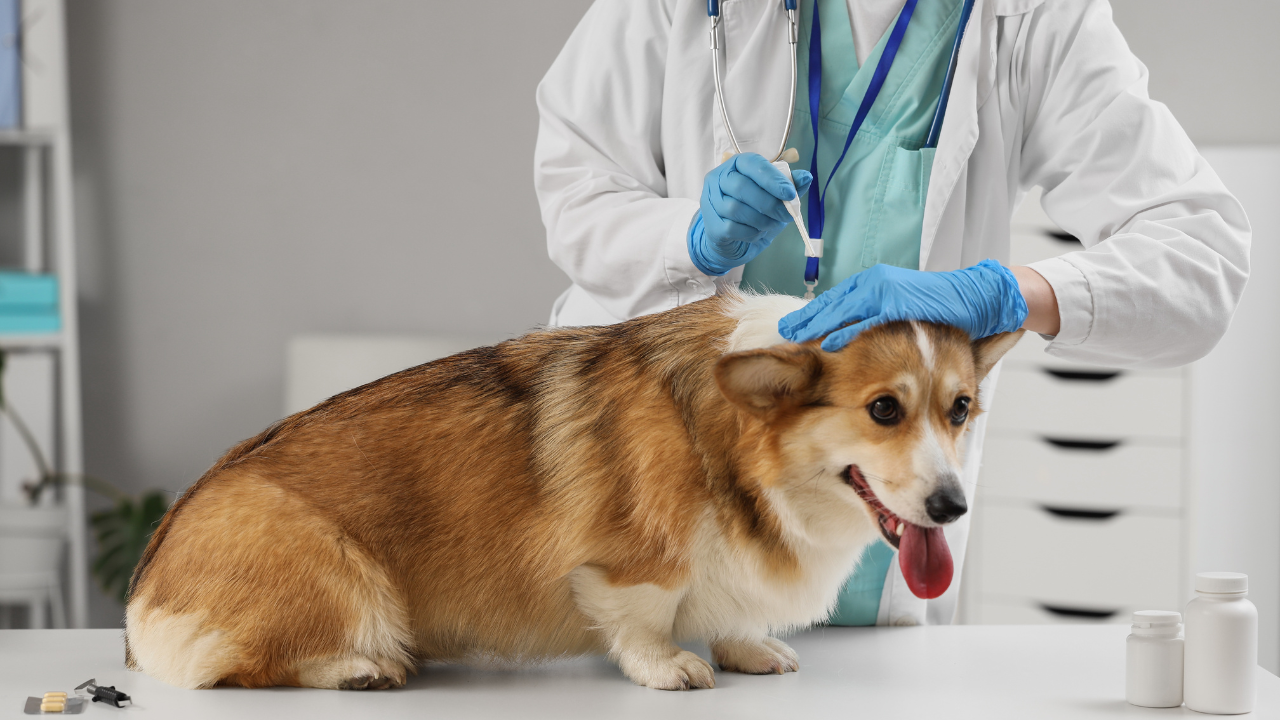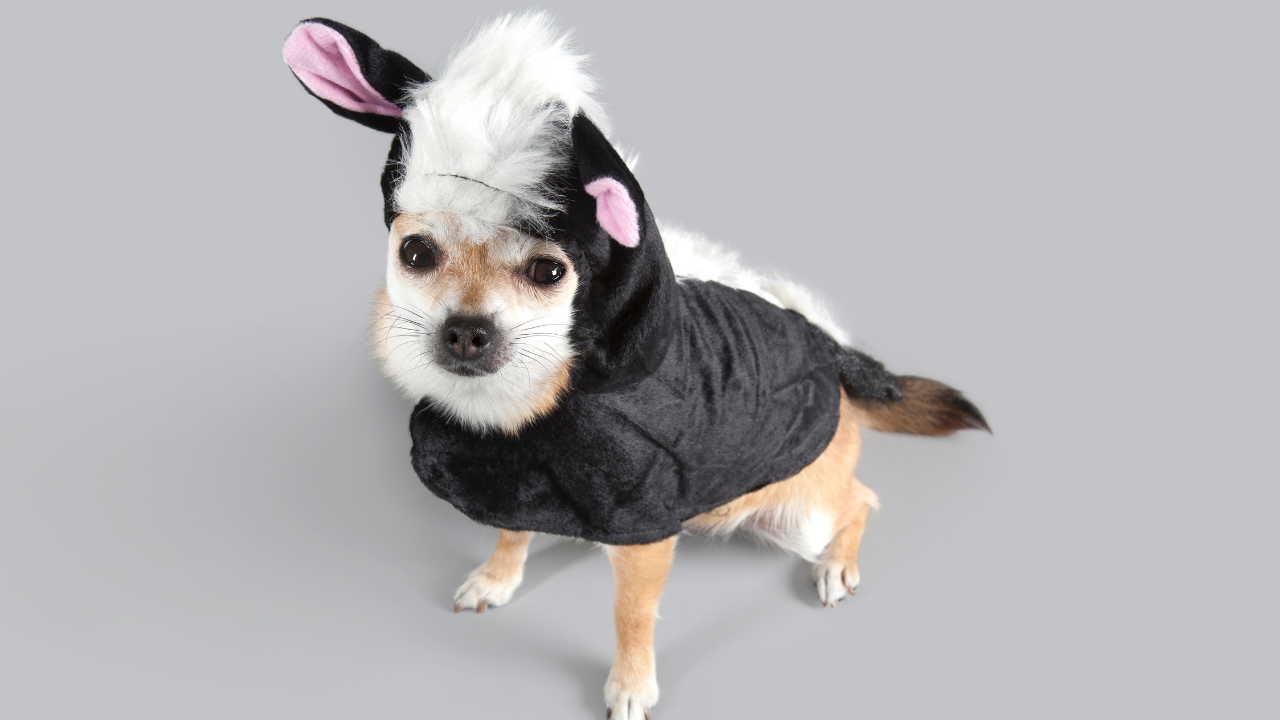How to Stop Dog Shedding Short Hair Like a Pro?
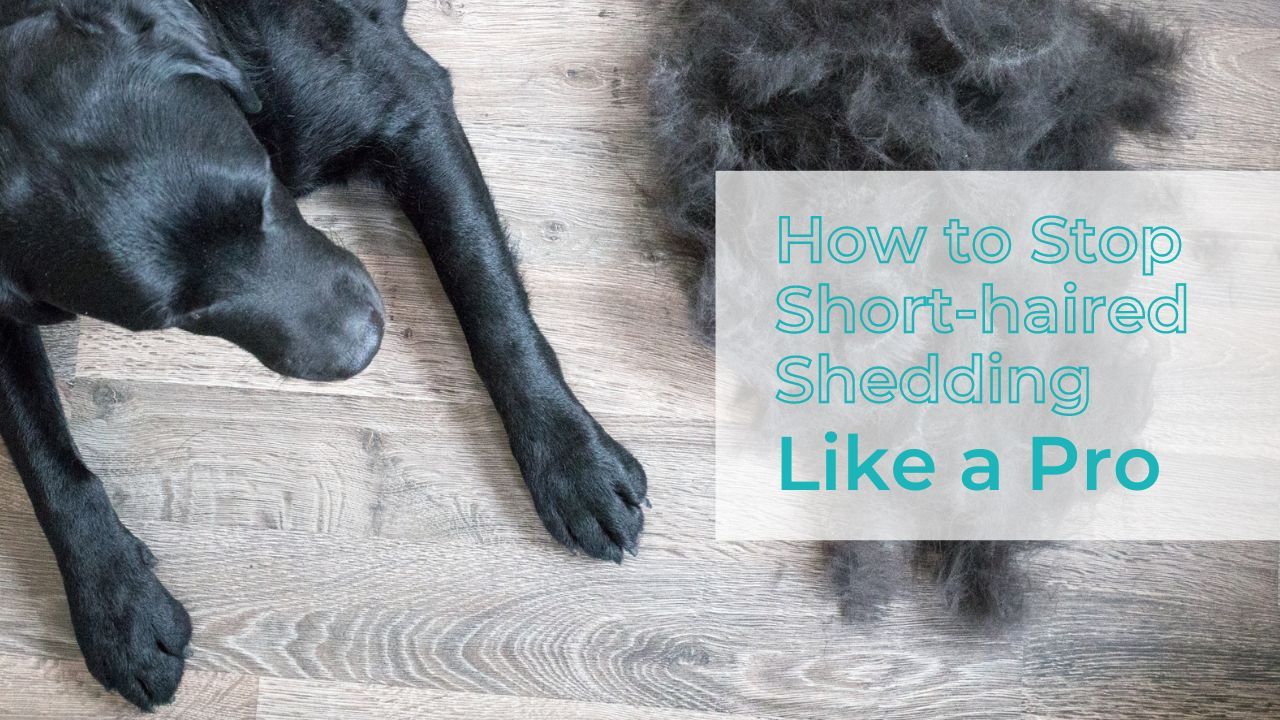
Because of their low-maintenance appearance, short-haired breeds are a popular choice among dog owners. Nonetheless, it is a frequent misunderstanding that dogs with shorter hair don't shed as much as those with longer hair. In actuality, owners of short-haired dog breeds may find themselves in a furry dilemma as these varieties can often alleviate a lot.
This post will discuss the potential causes of excessive shedding in your short-haired dog and the challenges it may pose. It will also provide ten essential grooming suggestions to reduce shedding in short-haired dogs. We'll also discuss Easy Dog Grooming Tips Every First-Time Owner Should Know.
Why Does My Short-haired Dog Shed a Lot?
How to stop a short-haired dog from shedding? Short-haired dogs shed for various reasons, most of which are related to their overall health and genetic makeup. Shedding is a natural process for dogs that replaces worn-out or damaged coats. Some common causes of excessive shedding in short-haired dogs include: The following are some typical causes of excessive shedding in dogs with short hair:
- Seasonal Shedding: Many short-haired breeds with double coats shed a lot as the seasons change. This is most noticeable during the winter-to-spring transition when dogs lose their heavier winter coats in favour of lighter summer coats.
- Stress and Anxiety: Dogs under stress or anxiety tend to shed more. This reaction may be brought on by alterations to their schedule, surroundings, or exposure to loud noises.
- Nutrition and Diet: Inadequate nourishment can cause unhealthy skin and coat conditions, increasing shedding.
- Health Concerns: Excessive shedding may be a symptom of underlying health issues such as allergies, skin infections, or hormone imbalances.
The Challenges of Short-Haired Dog Shedding
Short-haired dogs have unique shedding issues that can surprise even seasoned pet owners. It's essential to comprehend the difficulties associated with shedding in short-haired dogs to give your pet the care they need and keep your home tidy and healthy for both of you. The following are some of the main difficulties brought on by shedding in short-haired dogs:
Messy House
Shedding short-haired dogs can end up struggling with pet hair in your house. Their hair can be misleading because it frequently seems less noticeable and finer than that of long-haired dogs. On the other hand, short hair sticks to materials and surfaces more readily, making it more apparent and occasionally even harder to clean. This may mean you must regularly vacuum, sweep, and lint-roll your clothes, floors, and furniture.
Intolerances
The excessive shedding caused by short-haired dogs might pose a serious problem for people who suffer from allergies or asthma. Shedding causes allergic proteins and microscopic pet dander (skin flakes) particles to be released into the atmosphere. When breathed or in contact with sensitive skin, these dust particles can cause allergic symptoms, such as runny nose, itchy eyes, and sneezing.
Caring for Pets
It may only sometimes be the case that short-haired dogs need less maintenance than their long-haired counterparts. While short-haired dogs may not require as much brushing to prevent matting, they still need regular grooming to manage short hair shedding.
Costs of Maintenance
Although short-haired dog breeds may require fewer professional grooming sessions than long-haired breeds, Professional Dog Grooming expenses must still be considered. This covers the cost of brushes, conditioners, shampoos, and other grooming supplies.
Variation by Season
Some short-haired canines have two coats: a topcoat and a dense undercoat. These dogs tend to shed more when the seasons change, such as from winter to spring, as they shed their winter coat to make way for their lighter summer coat.
Health of Skin and Coat
In short-haired dogs, excessive shedding may occasionally indicate underlying health problems. Shedding issues can be caused by food deficiencies, allergies, hormonal abnormalities, and skin diseases. It may be difficult to treat certain health issues and necessitate veterinarian assistance.
Types of Short-Haired Dog Breeds That Shed the Most
One thing that frequently influences a person's decision about a dog breed is the amount of shedding an individual can anticipate. Though they appear like a low-maintenance choice, short-haired dog breeds can differ greatly in how much hair they lose.
It is well known that certain short-haired breeds shed more than others because of things like heredity and double coats. Choosing a short-haired dog breed that suits your preferences and lifestyle is crucial if you're concerned about shedding. The short-haired dog breeds known to shed the most include:
Labrador Retriever

Although they are adored for their energetic and amiable personality, labrador retrievers are also known to shed a lot. They regularly shed their short, dense double coat throughout the year, and when their winter and summer coats change, they undergo considerable seasonal shedding.
German Shepherd
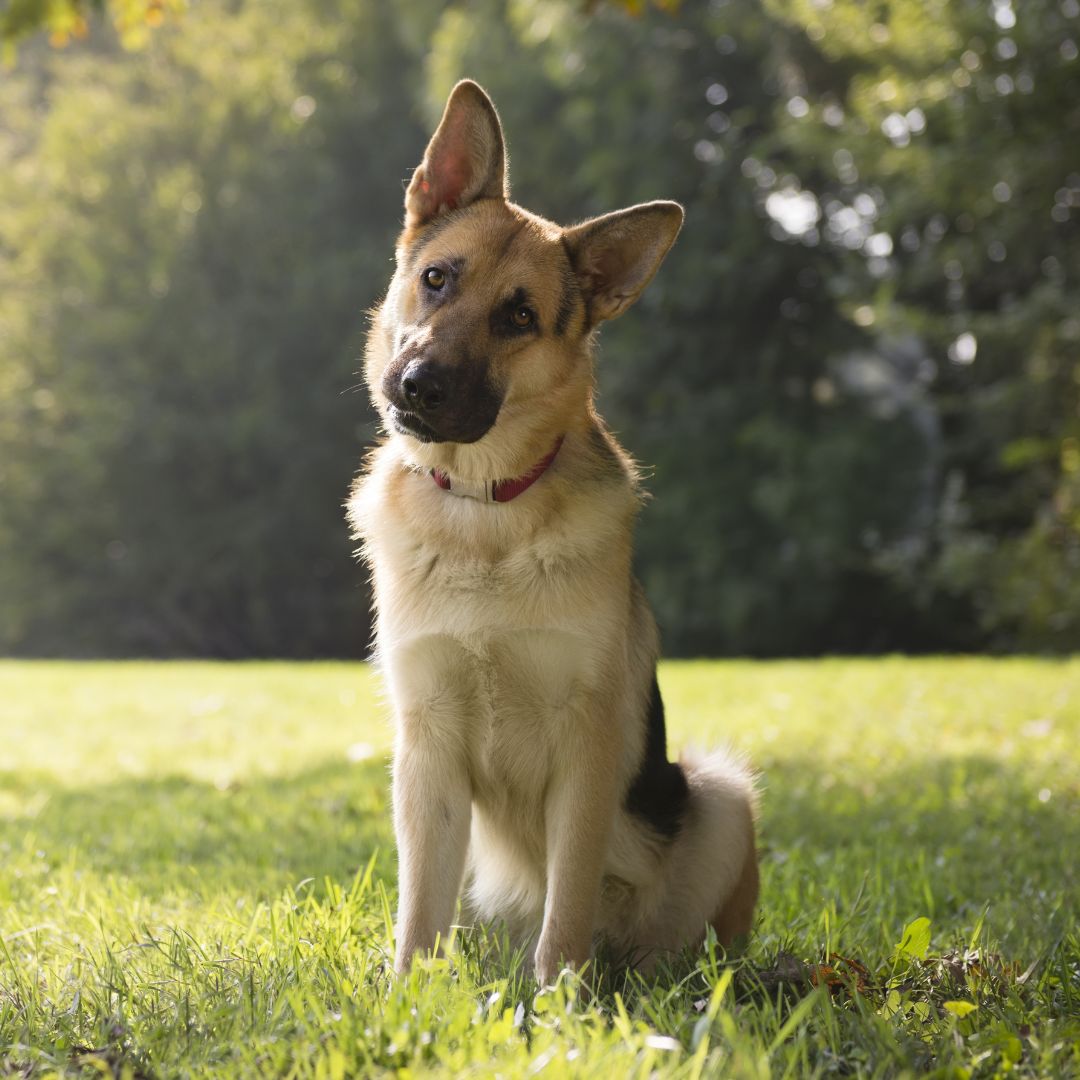
The short, dense coat of German Shepherds is prone to shedding. They have a reputation for being moderate to heavy shedders, with shedding intensifying throughout shedding seasons.
Beagle
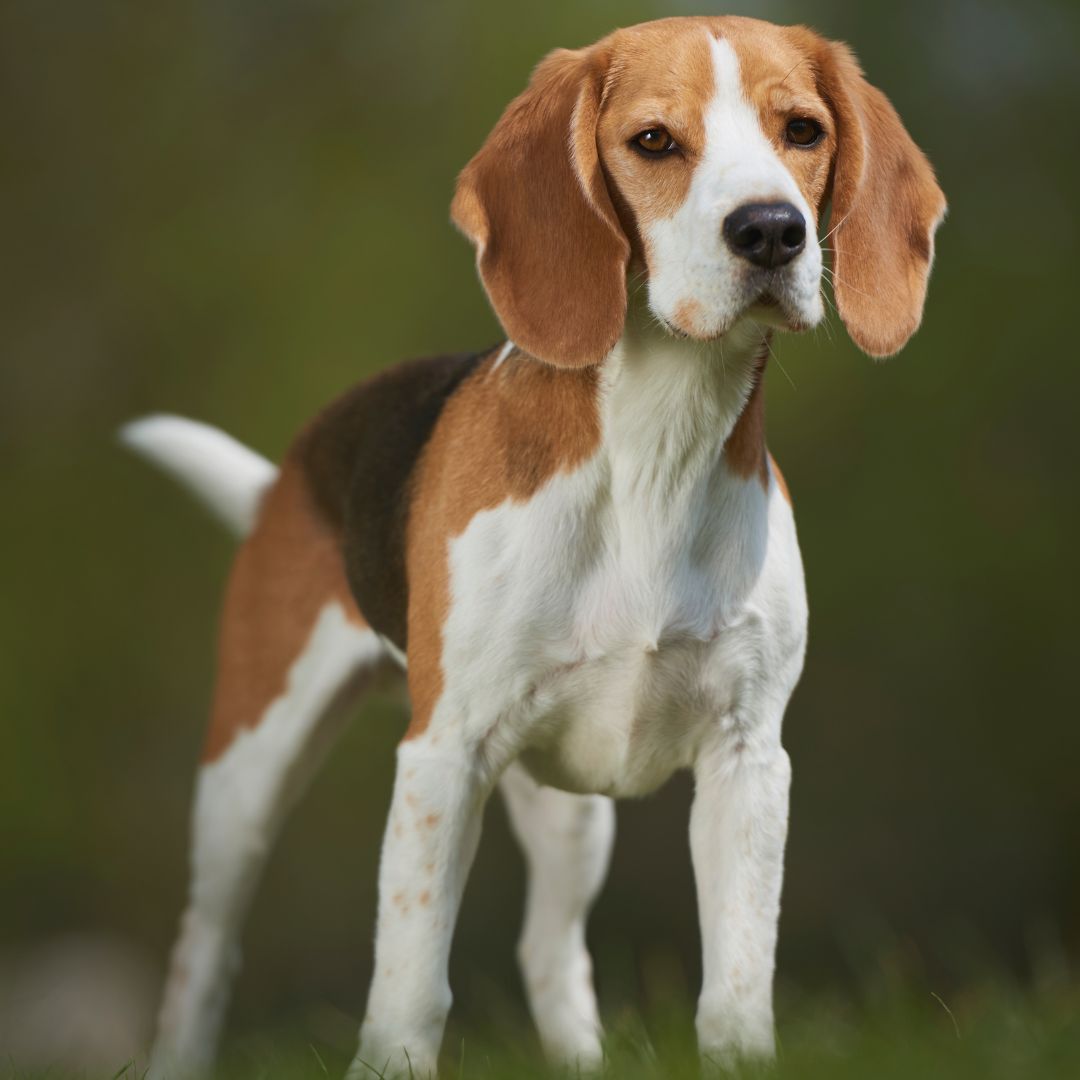
With their short coat, Beagles frequently shed. Their fine hair can easily wind up on furniture and floors, so frequent cleaning and Intermediate Dog Grooming is required.
The Dachshund/Smooth coat
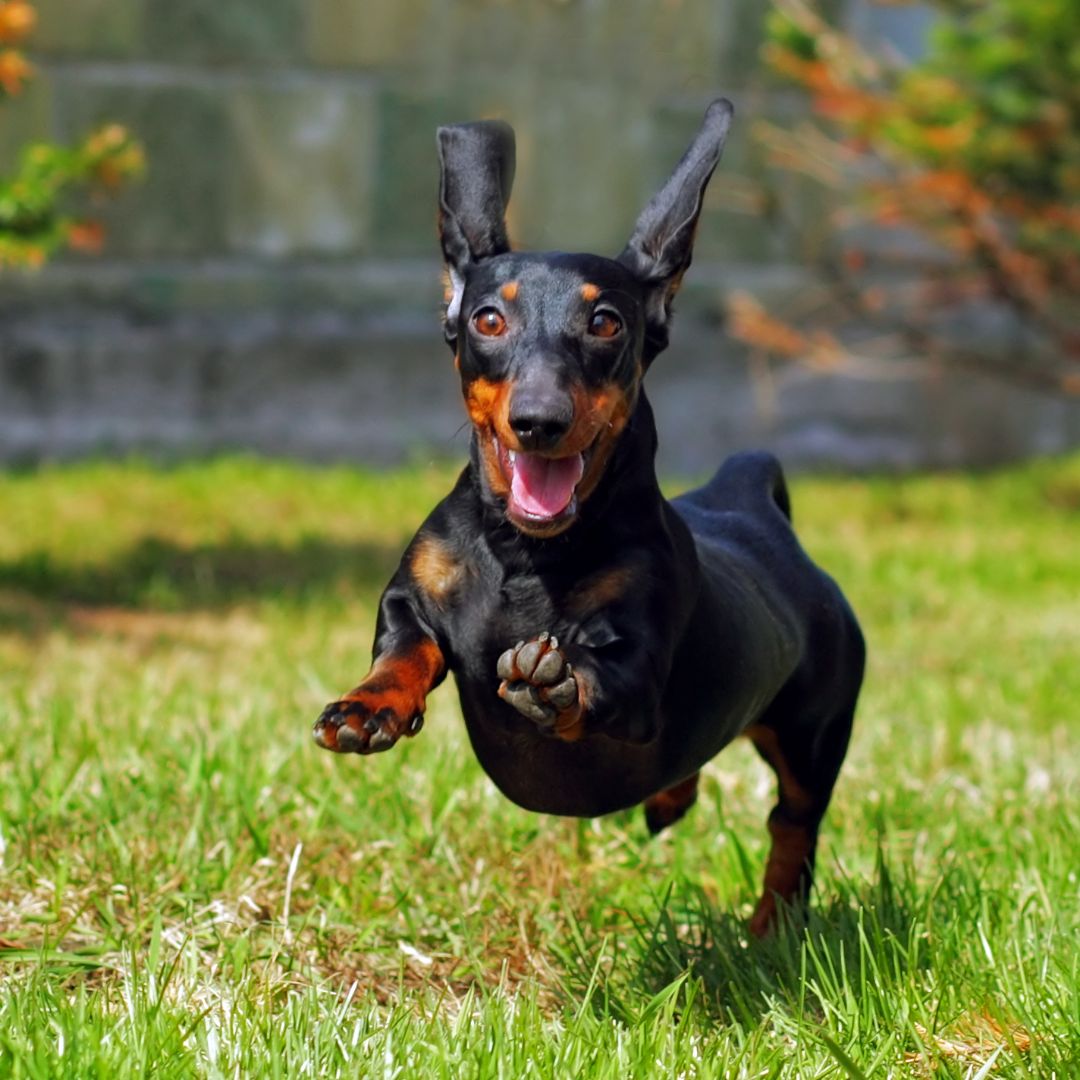
The short, smooth coats of Dachshunds shed somewhat. Even though their shedding may be less than certain other breeds, they need to have their coats brushed regularly to control shedding.
Boxer

Boxers can shed quite a bit from their short, glossy coat. Regular grooming will help reduce the amount of fur in your home.
Doberman

Although Dobermans are renowned for having short, sleek coats, they are also known to shed regularly. Their shedding can be managed with proper Professional Dog Grooming School.
Grooming Tips on How to Reduce Short-haired Dog Shedding
- Regular Brushing: To remove loose fur and distribute natural oils, brush your dog's coat daily.
- Invest in a Rubber Glove or Rubber Curry Brush: A rubber glove/ curry brush is ideal for daily use on short, smooth-coated breeds to effectively eliminate loose dead fur, preventing it from accumulating on your furniture. Additionally, they provide a gentle skin stimulation that your pup thoroughly enjoys, akin to a mini massage.
- Use a Deshedding Tool: A deshedder has special teeth that remove large amounts of loose, dead fur and undercoat and reduces shedding. This tool is effective on breeds like Labrador Retrievers, Pembroke Welsh Corgis, German Shepherds, and Golden Retrievers.

- Bathing: Wash your dog using a gentle, dog-friendly shampoo to get rid of loose hair and avoid skin problems. Consider using a deshedding conditioner after shampooing to further reduce shedding. You can also gently brush the coat with shampoo or conditioner in it using a soft slicker brush or rubber glove to distribute the product and remove dead coat and skin.
- Humidifier: Use a humidifier in your home, especially during dry seasons, to reduce shedding caused by dry skin.
- Adequate Hydration: To keep their skin and coat in good condition, make sure your dog always has access to clean water.
- Allergy Management: If your dog has allergies, see your veterinarian about the best treatment methods.
- Frequent Vet Check-ups: Arrange for routine examinations to treat any underlying medical conditions causing your pet to shed.
- Vacuum and Clean: To control fur accumulation, buy a decent vacuum and clean your house frequently.
- Professional Grooming: Consider hiring a groomer, especially when dealing with excessive shedding.
When to Seek a Professional Groomer for Your Short-Haired Dog
How to Approach a Dog? Regular Grooming Is Important for Your Dog’s Health? Entire dog care revolves around grooming, no matter the breed. Even while short-haired dogs might appear low-maintenance, there are times when hiring a professional groomer is essential to maintaining your pet's health and appearance. Here is a thorough guidance on when to take your short-haired dog to a professional groomer:
1. Tangles and Matting:
Mats and tangles can occur in even short-haired dogs, particularly in areas like the tail or behind the ears where the fur is thicker or longer. Dogs may find matting uncomfortable, and if they are not cleaned, they may develop an infection or skin irritation. A trained groomer can safely and successfully remove mats and tangles without hurting your pet.
2. Seasons of High Shedding:
Seasonal changes are often accompanied by significant shedding in short-haired dogs. A professional groomer can do a de-shedding treatment if you feel your home is overrun with fur during these months. This reduces shedding and helps keep your home cleaner by removing loose undercoat fur using specific techniques and grooming tools.
3. Trimming Nails:
It's essential to regularly trim your dog's nails for their comfort and overall well-being. An experienced groomer can skillfully and safely clip your dog's nails, especially if you or your dog are uncomfortable with the procedure. Overgrown nails can not only be painful but also affect your dog's gait.
4. Skincare and Bathing:
Frequent bathing helps short-haired dogs' skin and coat health. A competent groomer can prescribe and apply specific treatments, including medicated baths or moisturizing treatments, to address your dog's skin disorders, allergies, or recurrent dryness.
5. Moistening Ears:
Since it helps avoid ear infections, cleaning the dog's ears is an important element of grooming. Even dogs with short hair need to have their ears cleaned. If your dog exhibits any symptoms of ear issues, such as ear discharge, or frequent scratching, a qualified groomer can safely and successfully clean their ears.
Conclusion
Even though short-haired dogs might appear like a low-maintenance choice, their owners may face substantial challenges due to shedding. By using proper grooming techniques and understanding the underlying causes of shedding, you can effectively manage this issue. Keep in mind that experienced groomers are available to assist when necessary, ensuring the health and comfort of your short-haired dog while minimizing the amount of pet hair in your home. Your short-haired pet can be a loyal companion without causing you any inconvenience when you provide the right care and attention.



